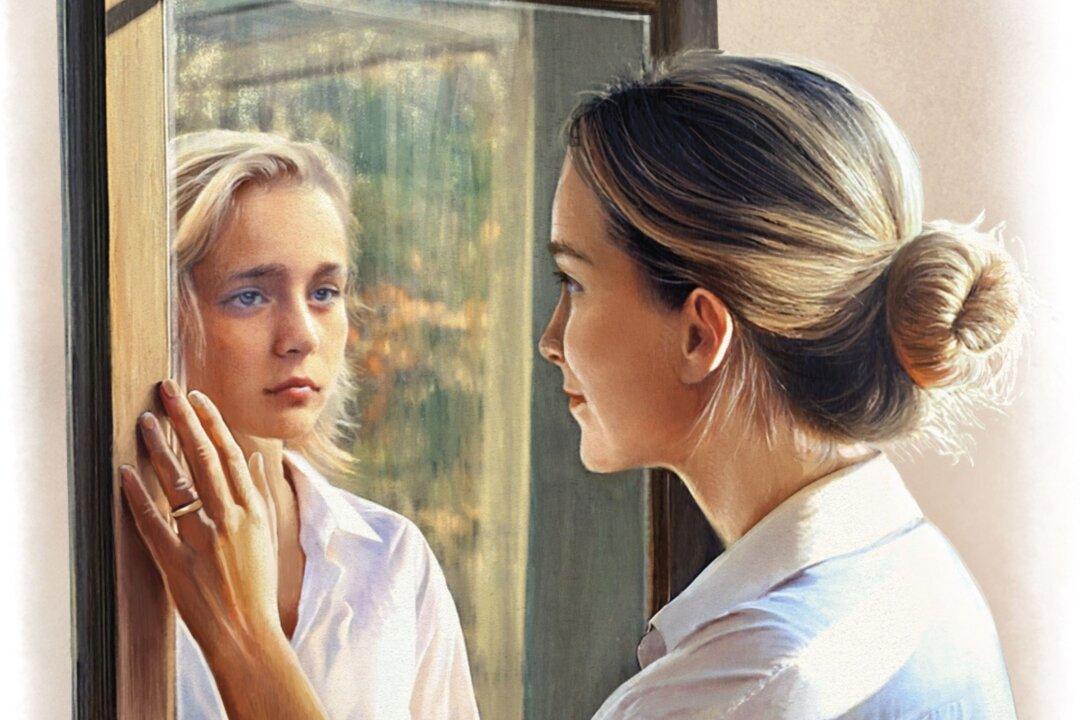In our age of e-books, old fashioned print sales are suddenly on the rise again. One big reason is adult coloring books.
According to a recent report from Publishers Weekly, the craze began early last year and has been soaring ever since. Today, half of Amazon’s top 20 best sellers are all adult coloring books, and virtually every publisher in the industry has an offering.
Why is coloring suddenly so popular? According to Andrea Joy, 42, a mother of two who bought her first adult coloring book last fall, the hobby gives her an easy opportunity to do something she already enjoys: playing with color.
I like that someone gives me the design. I don't have to be good at drawing. Anyone can color.






